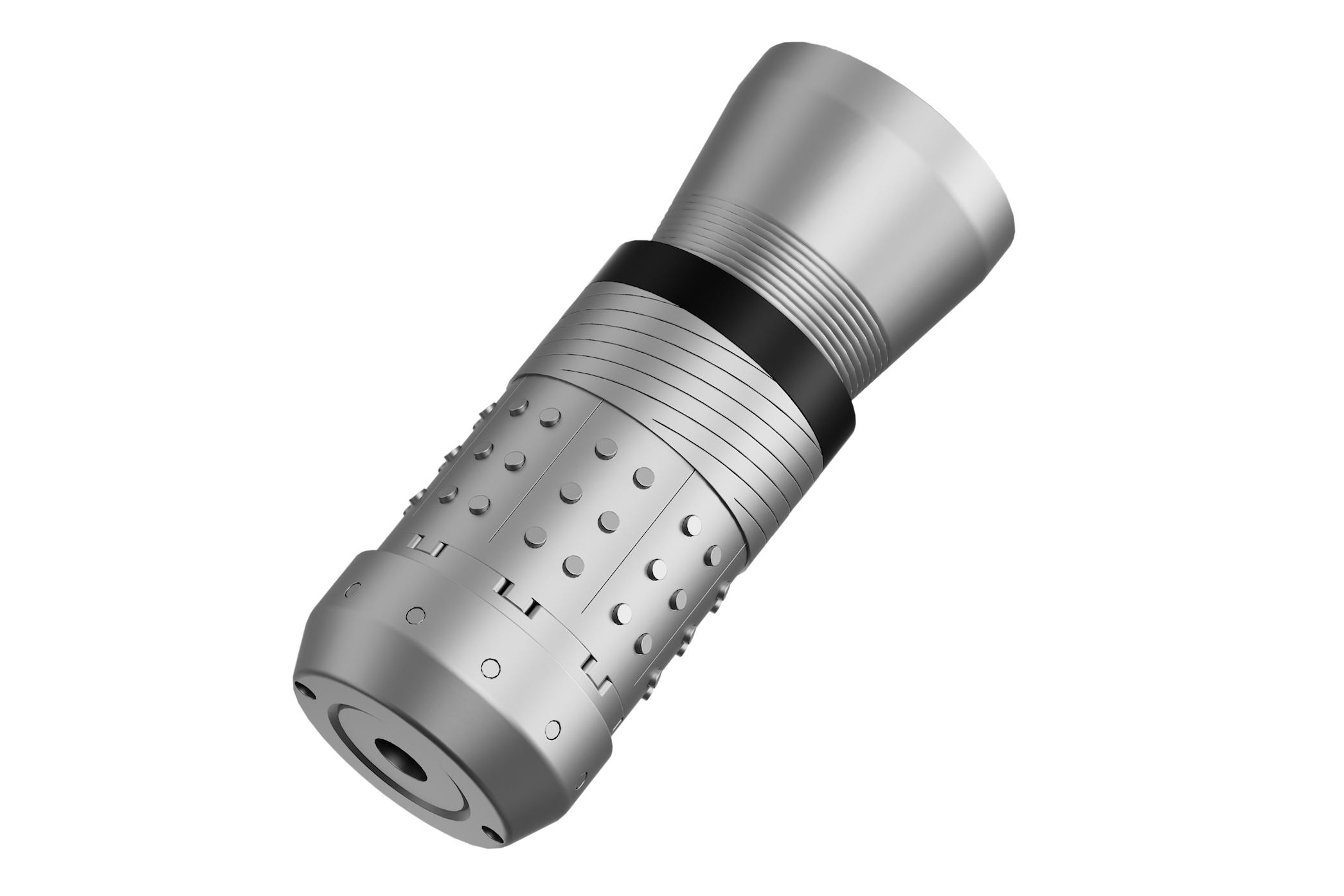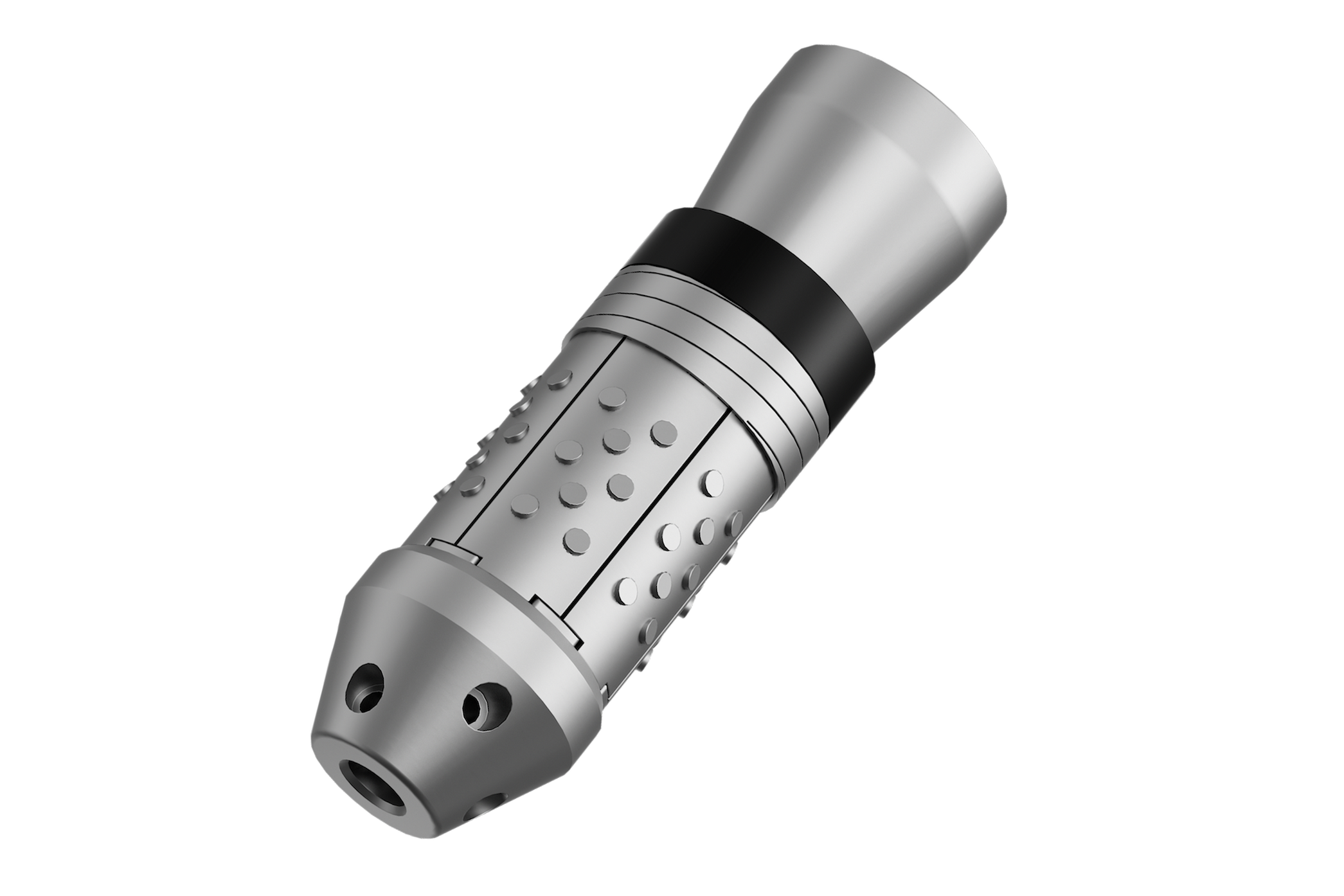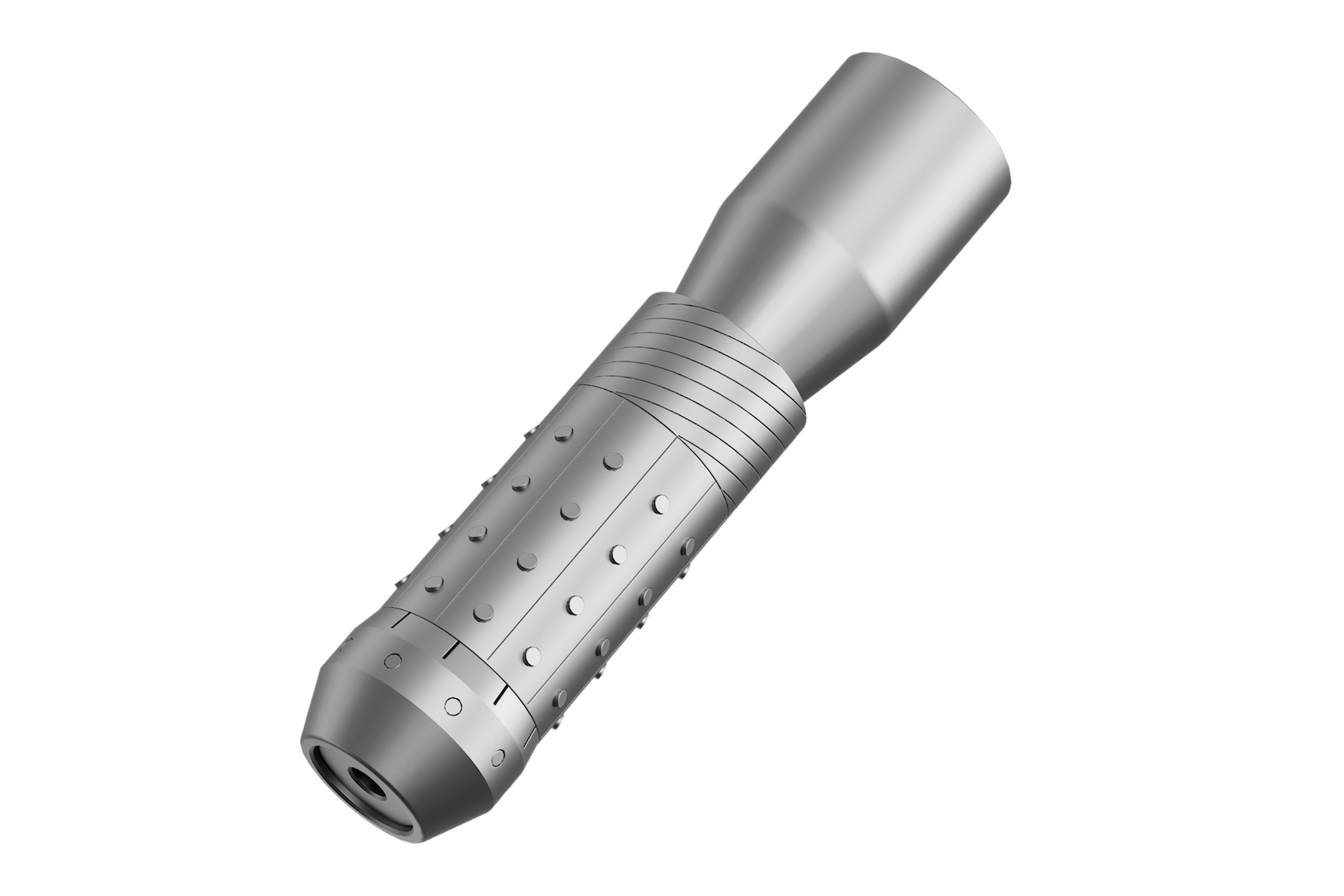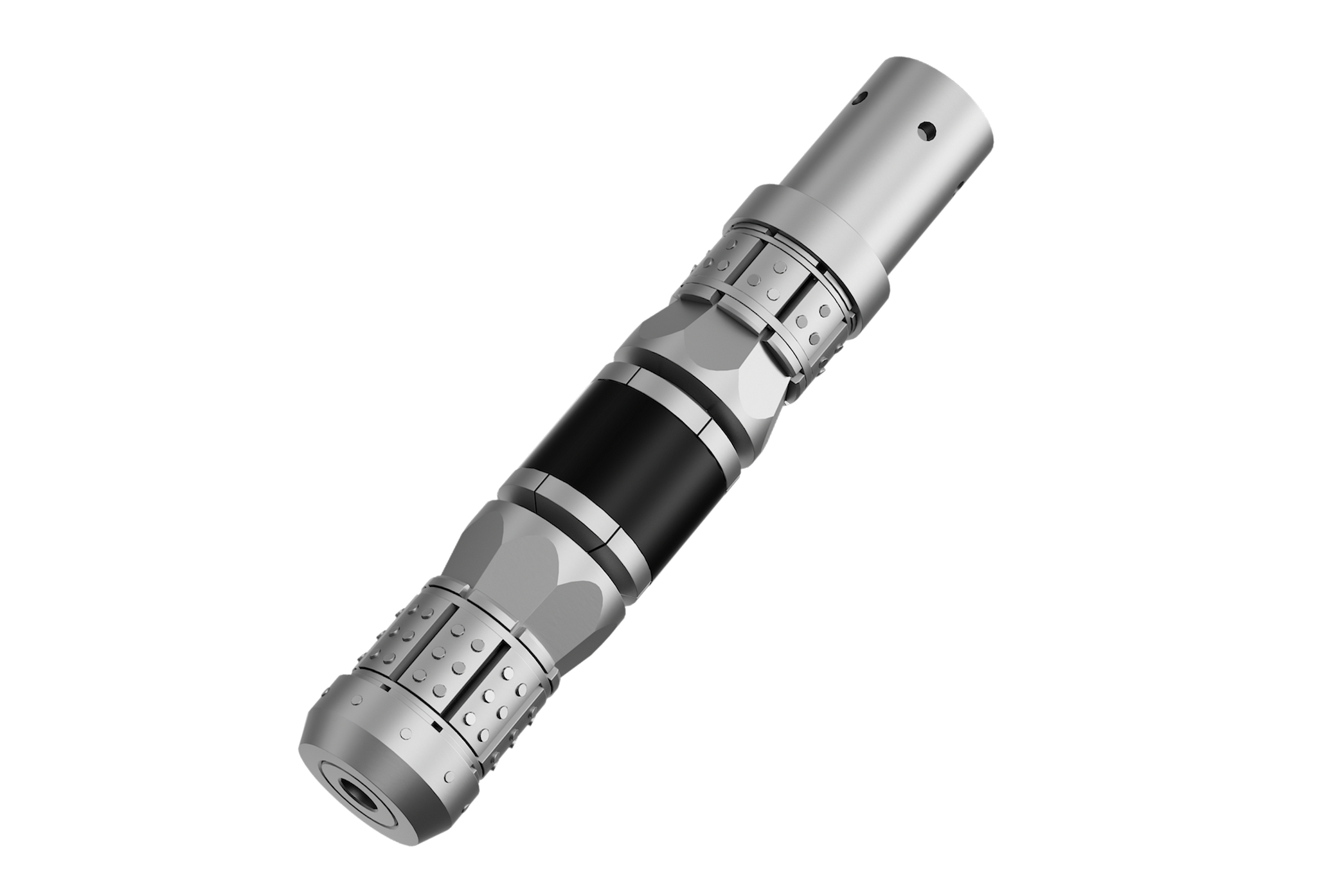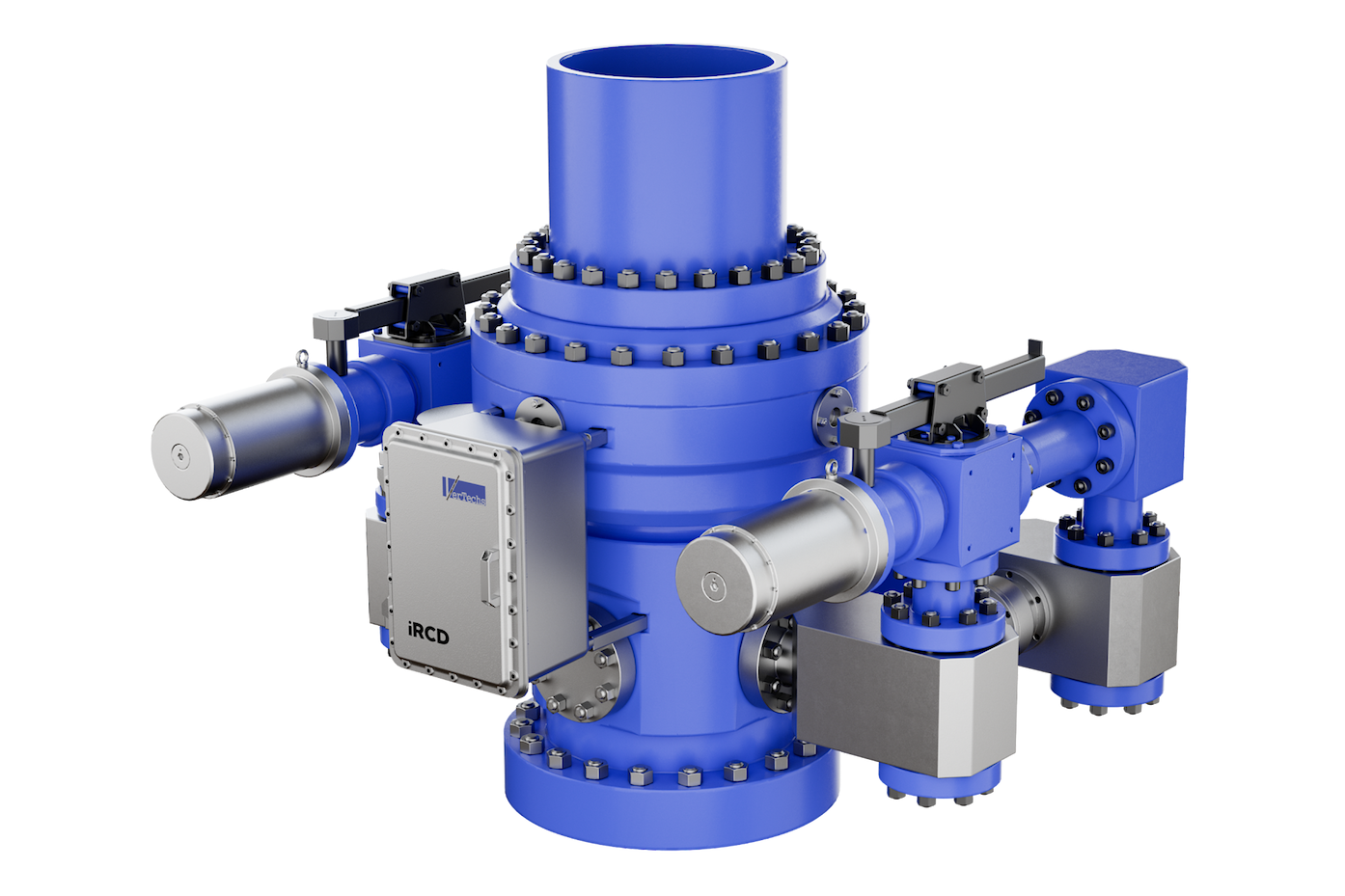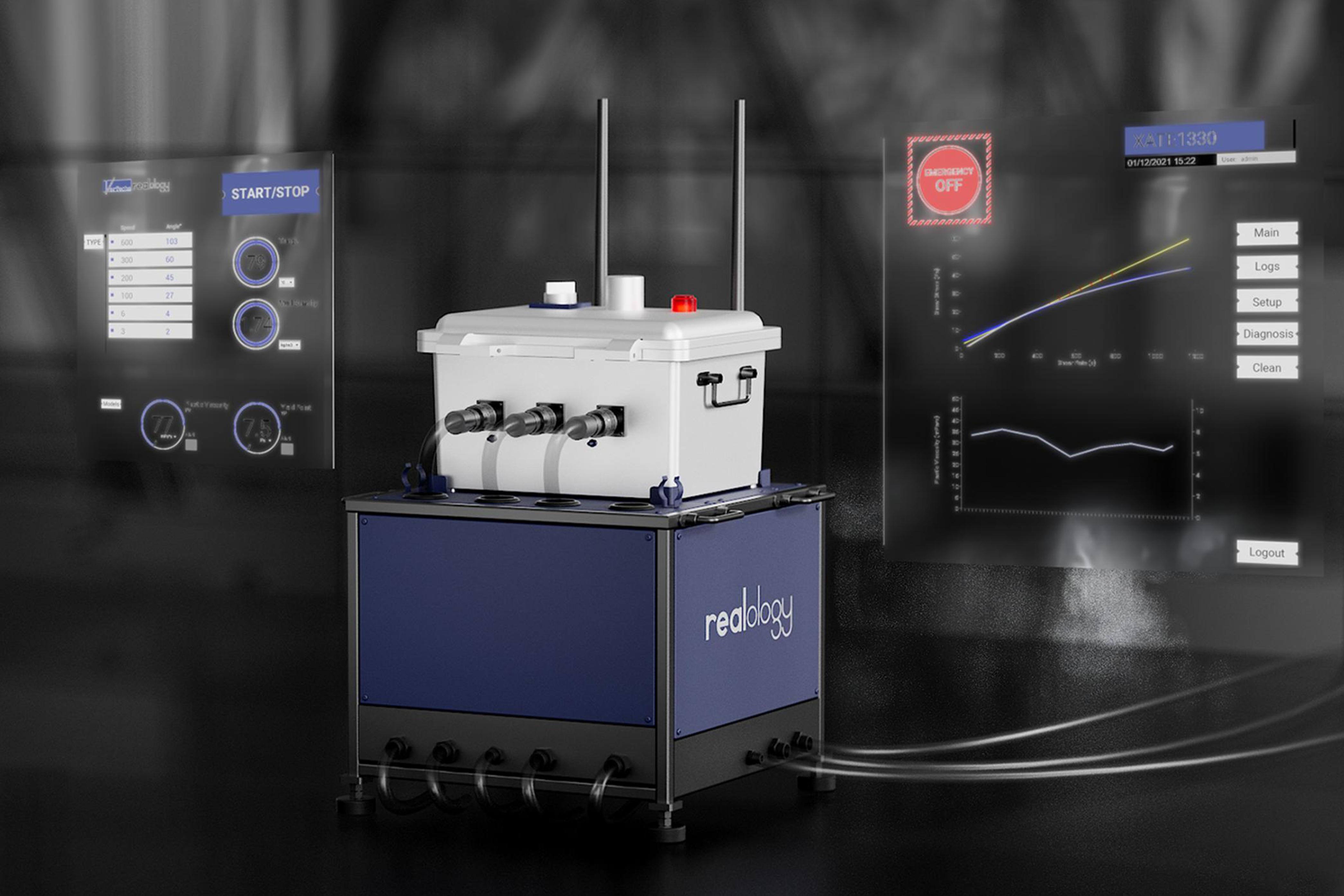How to Control and Prevent Loss Circulation in Oil & Gas Drilling
2025-10-10

During oil and gas projects, the efficiency and safety of drills heavily depend on the manner in which the circulation of the drilling fluids are being managed. Loss Circulation in Drilling is one of the most prevalent and expensive issues that are experienced during drilling. This happens when the drilling fluid does not return to the surface but leaks out into the surrounding formation. The effects may vary from high costs and wasted time to serious well control problems and safety loss.
Controlling and preventing loss circulation is not merely about solving the problem that has been encountered; it is about adopting a proactive methodology, rooted in the sound design of the real-time drilling undertaking. Let us discuss ways of addressing this thorny issue.
Loss Circulation, simply stated, encompasses the process of lending and borrowing money, along with the activities of financial institutions. The concept of Loss Circulation Understanding Loss Circulation, in simple terms, refers to the process of lending and borrowing money, as well as the activities of financial institutions involved in these transactions.
Loss circulation in drilling occurs when the hydrostatic pressure of the drilling fluid exceeds the pressure supported by the formation, resulting in fractures or the escape of fluid through existing cracks, vugs, or porous formations. There are generally minor (seepage), partial, severe, and total losses.
It is essential to determine the type of loss and its magnitude, as this will dictate the appropriate mitigation method to apply. A minor leakage can be counteracted using minor mud property remedies, whereas overall losses may necessitate the use of sophisticated remedial measures, such as cement plugs or engineered pills.
Preventive Measures
The first step in preventing loss of circulation is proper planning of the well and an understanding of the subsurface conditions. Through geological information, engineers estimate areas of weakness, which could become fractured or naturally open. When such challenges are predicted, preventive measures can be taken in advance to prevent drilling in problem areas.
Optimizing the properties of mud is one effective preventive method. Drilling fluid should have the appropriate viscosity, gel strength, and fluid loss control to reduce infiltration in porous formations. Furthermore, the pre-treatment of mud with Lost Circulation Materials (LCMs) provides a shielding effect, making the wellbore stronger against any possible losses.
It is also important in terms of operational practices. Tripping speeds should be controlled, pump starts and stops should be controlled, and constant annular pressures help avoid unexpected spurts that can break the formation. There are also formation integrity tests (FITs) and leak-off tests (LOTs) that are necessary to determine the pressure tolerance of the formation before entering high-risk zones.
Control Measures in Case of Losses
Loss circulation can still occur despite preventive measures. When it happens, the solution must respond immediately and be tailored to the specific circumstance.
For minor seepage losses, it may be sufficient to modify the properties of the drilling fluids or to add fine LCMs. These materials are used as bridging materials that seal microfractures and stabilize the wellbore.
Light losses can be addressed by using specialized LCM pills with a combination of particle sizes that can penetrate and seal larger fractures. The right choice of the material, fibrous, granular, or flaky, will be determined by the properties of the loss zone.
Better treatments are required in instances of severe or complete loss. These are in the form of high-strength LCM blends, cross-polymer pills, or gunk squeezes. If these techniques are not successful, cement plugs can be used to reestablish circulation. Cement is more costly and time-consuming, although it is one of the most valuable solutions to extreme losses.
The Role of Technology
Technology is also being increasingly utilized in modern drilling to mitigate the risk of loss circulation. The real-time monitoring systems promptly identify any changes in the mud returns and downhole pressures, allowing for adequate measures to be taken and preventing losses from escalating. Another innovation is the Managed Pressure Drilling (MPD) method, which enables operators to maintain bottom-hole pressure within a narrow band between pore pressure and fracture pressure.
The adoption of predictive analytics and machine learning is also underway to identify patterns in drilling parameters that precede loss events. With the historical pattern and current measurements, operators can predict areas that are likely to lose and adjust the drilling approach to prevent losses.
Best Practices for Success
Practical experience in the field demonstrates that mechanical, chemical, and operational measures are most effective when combined. The right LCM in the correct concentration, discipline in drilling practices, and advanced monitoring technologies all interplay in the effort to decrease risks.
Flexibility is also of the essence. What is effective in one geologic location might not be effective elsewhere. The development of solutions tailored to the type of formation, fracture behaviour, and operational parameters is essential to long-term success. Ongoing staff education and a positive attitude are also crucial in ensuring that teams are prepared to move swiftly and efficiently.
Vertechs is Your Drilling Efficiency Partner
We are at Vertechs, specialising in delivering high-tech solutions that assist the oil and gas industry in addressing drilling hazards, such as Loss Circulation in Drilling. Through our unique engineering, digital monitoring, and field experience, we provide tailored solutions that enhance wellbore stability and minimise downtime. Our team is focused on safety, operational efficiency, and affordability in all projects. When Vertechs is your partner, you gain access to the latest solutions that ensure your drilling operations run smoothly and profitably.
Frequently Asked Questions
1. What is the cause of Loss Circulation in Drilling?
It is brought about by escaping fluid from drilling in fractures, voids, or porous formations with overpressure in the downhole area in excess of the formation's tolerance.
2. What can be done with minor losses?
Small losses can be easily addressed by modifying the characteristics of the mud or by incorporating fine Lost Circulation Materials to seal small cracks.
3. What is a Lost Circulation Material (LCM)?
LCMs are specialty-purpose materials, including fibrous, granular, or flaky additives, which assist in closing fractures and reestablishing circulation.
4. Is technology an effective means of preventing loss circulation?
Yes. Managed Pressure Drilling methods, real-time tracking, and predictive analytics works well to minimize the chances and extent of losses.
5. Why is prevention better than the cure of loss circulation?
Loss circulation prevention saves money by eliminating time wastage and heavy makeup costs associated with remedial treatments, and enhances the safety of drilling operations in general.
Read Our One More Blog(1): How Fluid Rheology Impacts Well Control in Drilling Operations
Read Our One More Blog(2): How big data is bringing revolution in oil and gas well in control


